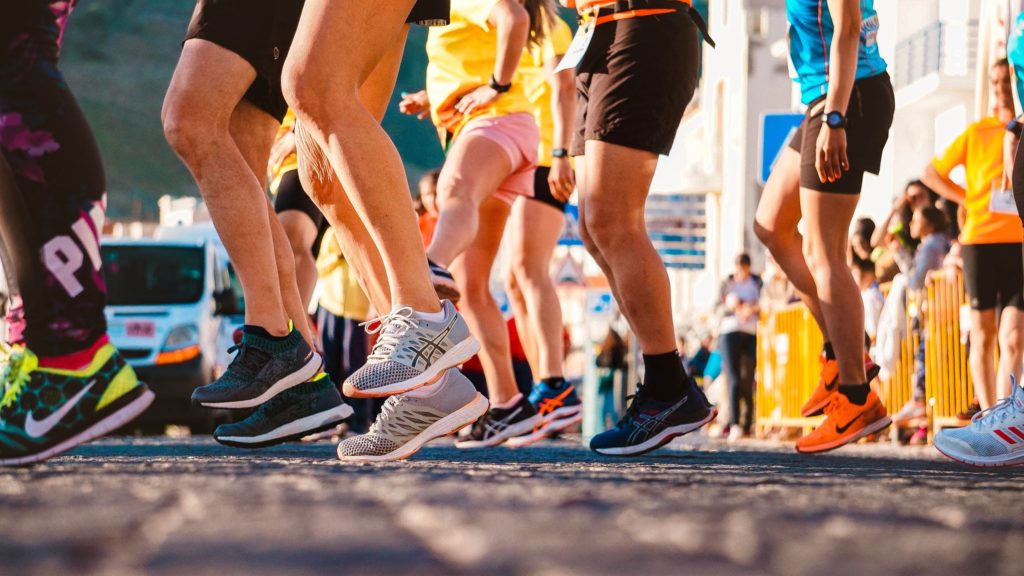
As any athlete knows, sports injuries are frustrating and unwanted side effects of the athletic lifestyle. You can prevent some physiological risks through training, conditioning, and undergoing physical therapy with a professional physiotherapist. Additionally, knowing the risks associated with specific physiological conditions could go a long way towards helping you stay safe on the field or in court. Here are some physiological risk factors that may increase your chances of suffering from an injury during sporting events.
According to one study published in The Journal of Athletic Training, muscle imbalances make up 80 percent of all non-contact ACL injuries in female athletes. For example, if your quadriceps, thigh muscles, are more robust than your hamstrings (your leg muscles on the backside), you could be more prone to ACL injury. These imbalances also play a role in many other physical injuries during sports, including patellar tendonitis, runner's knee, and plantar fasciitis.
An imbalance can cause abnormal rotation of your legs, which may irritate or pull on tendons attached to sensitive areas like your knees or ankles. An easy way to tell if you have a muscle imbalance is by checking if there is any space between your thighs when they touch while they are together; if there is no space or only small amounts, then it means that both sides are working equally hard – making them balanced.
To correct the muscle imbalance, try doing hamstring curls to strengthen the muscles on your backside and stretching your quads twice per week for about five minutes each time. Make sure you hold each stretch for about 30 seconds instead of releasing it immediately to prevent overstretching. You should see results within two weeks! Professionals in physical therapy like the Guidance Physical Therapy experts will help you recover from the muscle imbalance with ease.
Research has found that many athletes have low vitamin D levels. Vitamin D deficiency can lead to skeletal muscle weakness, increasing your risk of sports injury. Ensure you're getting enough vitamin D by consuming foods with vitamin D and spending time in direct sunlight every day for about 15 minutes. You should also talk to your doctor about taking a vitamin D supplement during the winter months or if you spend most of your day indoors.
In addition to avoiding chronic injuries from bone and muscle weaknesses, raising your vitamin D level will help prevent acute injuries like fractures or sprains. If you suffer from a sports-related fracture or sprain, get treatment immediately. Vitamin D is unlikely to reverse severe damage on its own but could reduce secondary complications related to reduced mobility after an injury occurs, like blood clots, leading to faster recovery time.
When you don't stretch properly before, during, and after your workout routine, your muscles stay in a limited range of motion. Your muscles' narrow range of motion makes them more susceptible to injury; it can also lead to long-term issues. Always incorporate a full range of motion into your workouts. That means starting gently and slowly when you warm up, then raising or increasing your pace or intensity as time goes on. You should also make sure that each muscle group is worked from every angle possible to maximize flexibility.
The important thing is not how many exercises or sets you do in each workout session but how complete each exercise set feels. That sensation of working an activity through its entire available range of motion will significantly reduce any chance of injury later on down the road.
When your legs are different lengths, your hip muscles must contract and expand differently to keep you balanced, which can wear them down over time. While there is no evidence that leg length discrepancy directly causes injuries in runners, it may contribute to injury risk. According to some studies, distance runners with high leg-length differences had more knee pain than those with low leg-length discrepancies.
A professional physical therapist should evaluate your running form before commiting to any drastic changes. However, if an orthotic device or shoe insert is appropriate for you, correcting a leg length difference might be just what you need to prevent future problems in the running sport.
One of the most significant physiological risk factors for sports injuries is body fat percentage. A high rate of body fat can increase joint and muscle stress, which means a greater likelihood of injury during play. Strength training can help improve your body's muscle-to-fat ratio, and with more muscle in place to support you, you'll be less likely to injure yourself on game day.
It's also a good idea to exercise regularly before and after games. Extra blood flow pre-game will keep muscles ready for action, while post-game activities such as icing or massage will help prevent aches and pains.
If you experience any of these risk factors, it's best to back off and focus on recovery. Allowing your body time to heal will help ensure you aren't in pain while playing. And remember, if something feels wrong — see a professional in physical therapy like the Guidance Physical Therapy experts to help you improve your strength and flexibility and reduce the risk of sports-related injuries. Best of luck with your recovery and injury prevention efforts! You are now much more educated on physiological risk factors for injuries in sports. Take care of yourself out there!
